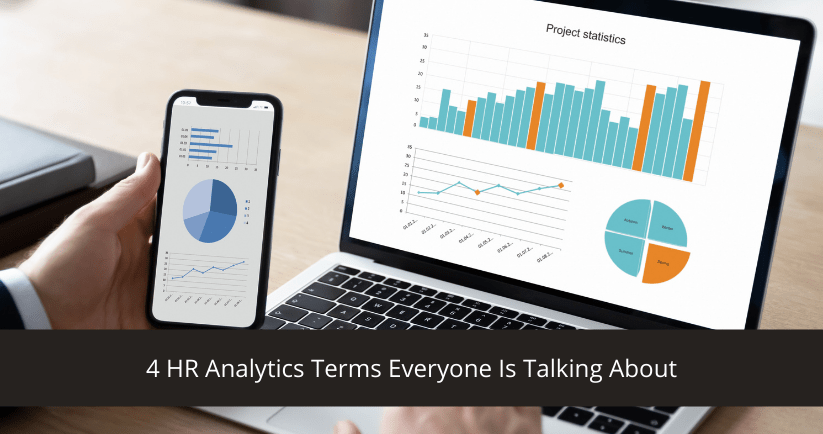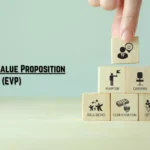Big Data is clearly the reason behind the upliftment of HR and its importance in the business space. Yes, the downright volume of data that HR analytics can put in the plate has helped moved HR professionals from an ‘out of the league’ space to back in the business to help drive organisational planning and goal setting.
For instance, businesses leverage HR analytics for everything right from identifying potential candidates to onboarding, engagement to training and attrition to retention.
With that being said, the whopping volume of data accessible for HR professionals is overwhelming. Not only do we have a pool of data to deal with, but also the data is frequently evolving, forming, and shifting as we embrace novel technologies.
The secret to getting your heads into big data and analytics is to do a thorough research to understand it. And for that, you ought to first make yourself familiar with its “lingo”.
1. Data Mining
Millions of bytes of data are generated every day. Honestly speaking, one cannot analyse it all. Simply put, there is no sufficient manpower on the planet to get this feat done. This is where data mining comes into the picture.
Similar to gold mining, data mining requires one to sift through heaps of raw data identifying patterns. Further, analysts transform these patterns into tangible data, which enables making accurate predictions.
2. Machine Learning
Machine learning is a concept, which makes data mining a lot easier and effortless. As the name suggests, computers learn from the information fed to help convert data into identifiable patterns for the humans.
Often times, you will come across the term ‘Artificial Intelligence’ (AI) when talking about machine learning. This is because artificial intelligence or AI offers computers with the right tools to absorb and navigate intuitively through the pool of information at hand.
3. People Analytics
People analytics is all about merging all your employee data in the organisation and leveraging that data to interpret and foresee potential business issues such as customer satisfaction, fraud, retention, productivity, etc.
It helps to measure the winning rate of both HR practices as well as development programs.
4. Cost Modelling
It helps the ones in the C-suite to understand and interpret several HR associated costs. These include on-boarding and recruitment costs, estimated time for a specific employee to attain optimum productivity, salary, employee turnover and overall productivity costs.
In fact, cost modelling can offer an insightful picture of retention and recruitment plans for a stipulated period allowing you to measure costs pertaining to processes such as mistakes made in recruitment, voluntary turnover, etc.
Takeaway
Whilst “gut instinct” is always a wiser thing, gone are the days when it was only the fancy resume that helped HR professionals to make hiring decisions. This is because analytics and Big Data provide an upper hand to HR personnel to make sound and accurate decisions when it comes to people management.
What are your thoughts? Is your company thinking to delve into analytics and explore its potential? If yes, then we would love to hear from you here. You can also give us a shout-out at Twitter and Facebook or write to us at sales@pockethrms.com.








